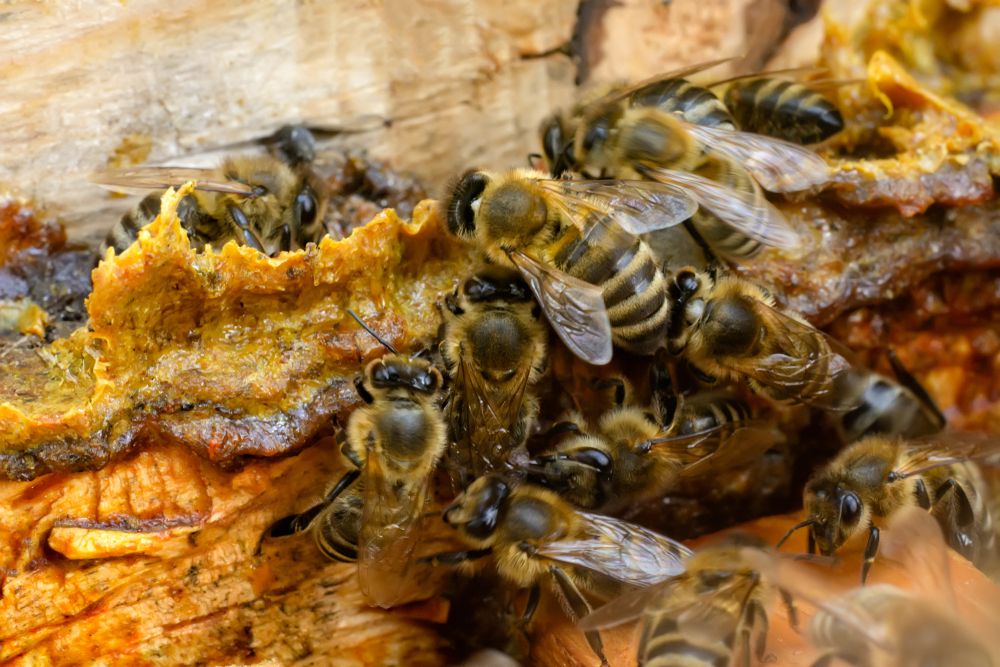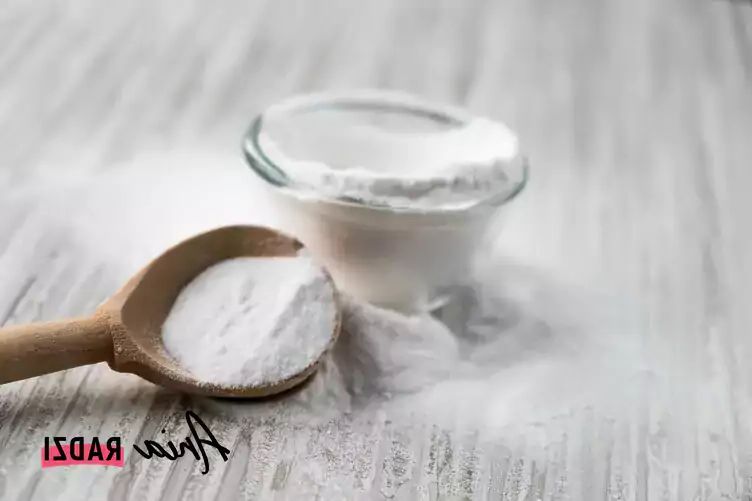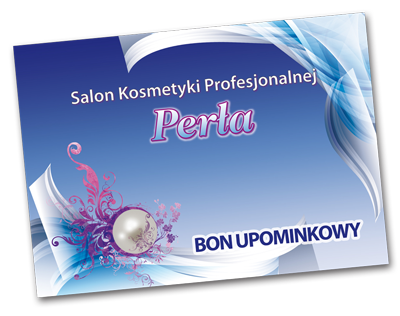Propolis na pryszcze - naturalne rozwiązanie dla pięknej skóry
Propolis: Využití, užívání a účinky na zdraví a imunitu
23. 04. 2024
Propolis účinky – příběh bohatství včel, který se začal psát již v daleké minulosti a který postupně odhaluje svá tajemství až do dnešních dnů. Díky svým blahodárným účinkům na lidský organismus se tato přírodní zázračná substance stala ohniskem zájmu a zvědavosti. Oslovuje nejen vědeckou obec, ale také širokou veřejnost. V našem článku se proto zahloubíme do podmanivého světa propolisu a jeho obrovské síly pro zdraví a vysvětlíme vám důvody, proč bychom měli věnovat pozornost tomuto přírodnímu včelímu pokladu.
Propolis – właściwości, działanie i zastosowanie propolisu
Preparaty z propolisem to jedne z tych środków leczniczych i terapeutycznych, które warto mieć pod ręką i stosować niezależnie od pory roku. Propolis, czyli kit pszczeli, jest znakomity nie tylko na nękające nas jesienią i zimą choroby dróg oddechowych. To surowiec pomocny przy wielu dolegliwościach i stanach chorobowych, zarówno zewnętrznych, jak i wewnętrznych. Wyróżnia się intensywnym działaniem wspomagającym i profilaktycznym. W jaki sposób wykorzystać propolis i na jakie jego właściwości szczególnie zwrócić uwagę?
What is propolis?
Propolis is a mixture of substances that bees use to protect their hive. They use it to fill gaps in the walls, keep the cold out, and mummify intruders. That’s why this ingredient has earned its “bee glue” nickname.
So, where does it come from? Bees collect a resinous substance from the buds of trees, shrubs, and green plants, and mix them with their special enzymes and beeswax to make propolis. As a result, propolis varies depending on where the bees live and which plants surround them.²
The antibacterial activity in propolis is twofold. First, it can attack the bacteria directly, and second, it can stimulate the immune system, allowing it to fight off infections more efficiently. Scientists believe it can break down the outer layer of bacteria and decrease the production of the energy the bacteria needs to function. Propolis works better on some kinds of bacteria than others.³
Propolis contains minerals such as calcium, magnesium, manganese, zinc, copper, iron, cobalt, and selenium, as well as vitamins B1, B2, B6, C, and E, and a number of enzymes. It has antiseptic properties and can be used to treat skin infections such as acne, burns, and fungal infections.⁵
Propolis can also help the wound healing process and may help protect the skin from UV radiation and is used in several sunscreens and lip balms. Propolis can also be used to treat dandruff and help prevent dental plaque.⁶
Jak powstaje propolis?
Propolis to substancja o charakterze żywiczno-balsamicznym. Ma konsystencję tłustego mazidła o barwie jasnobrązowej, zielonkawej, brunatnej, czerwonawej czy pomarańczowej – w zależności od tego, z jakiej rośliny pochodzi. Pachnie żywicą i miodem. Poniżej 15 st. C propolis twardnieje i kruszy się, natomiast pożądanej plastyczności nabiera po osiągnięciu 36 st. C. Topi się w temperaturze 90 st. C.
Pszczoły zbierają substancje żywiczne z pąków kwiatów oraz młodych pędów drzew, a następnie zanoszą je do ula, by go uszczelnić. Najwięcej propolisu zużywają przed zimą, powlekając nim wnętrze ula i regulując wielkość otworów wylotowych. Na podstawie wielkości pozostawionych przez pszczoły szczelin, doświadczeni pszczelarze potrafią przewidzieć, jaka będzie nadchodząca zima.
Zabezpieczenie z propolisu chroni ul nie tylko przed zimnem, ale też przed drobnoustrojami, mogącymi wywoływać choroby. Pozwalają na to przeciwbakteryjne i przeciwwirusowe właściwości tej substancji. Ponadto propolis może służyć pszczołom do balsamowania zwłok szkodników, które wdarły się do ula i ze względu na gabaryty, pszczoły nie są w stanie ich usunąć.
Słowo propolis pochodzi z greki i oznacza dokładnie „przedmurze miasta”. Kit pszczeli zyskał to określenie, ponieważ dla pszczół stanowi swoisty mur, chroniący ule przed zagrożeniem z zewnątrz, głównie przed zimnem, a także przed drobnoustrojami. Dla ludzi zaś profilaktyka oparta na propolisie to sposób na trzymanie chorób z dala od siebie.
Pszczelarze zbierają propolis metodą na kitołapki lub zeskrobując go z poszczególnych elementów ula. Pierwsza z metod jest skuteczniejsza, ponieważ pozwala zebrać najwięcej propolisu. Metoda ekstensywna, tradycyjna – polegająca na zdejmowaniu propolisu z ram i beleczek, nie daje satysfakcjonujących zbiorów, którymi można znacząco uzupełnić ofertę pasiek. Z intensywnym pozyskiwaniem kitu pszczelego należy jednak uważać, ponieważ na dłuższą metę może zaburzać pracę pszczół i wpływać negatywnie na jakość propolisu. Te, aby nadążyć z jego produkcją, mogą zbierać rozmaite, niekoniecznie pożądane substancje kleiste, które przekreślają właściwości lecznicze i terapeutyczne propolisu.

Propolis a jeho liečivé účinky. 20 osvedčených receptov
„Propolis má baktericídne účinky, čiže ničí a usmrcuje baktérie, a tiež brzdí rast baktérií,“ vysvetľuje odborník Štefan Demeter, autor knihy Liečenie včelími produktmi . „Propolis má tiež lokálne anestetické účinky, tlmí citlivosť a bolesť, ďalej zastavuje rast plesní a ničí niektoré plesne, a napokon podporuje hojenie rán.“
Nižšie sa dočítate, ako si pripraviť propolisovú tinktúru a niekoľko vybraných osvedčených receptov, kde všade vám môže pomôcť.

 U nas zapłacisz kartą
U nas zapłacisz kartą
